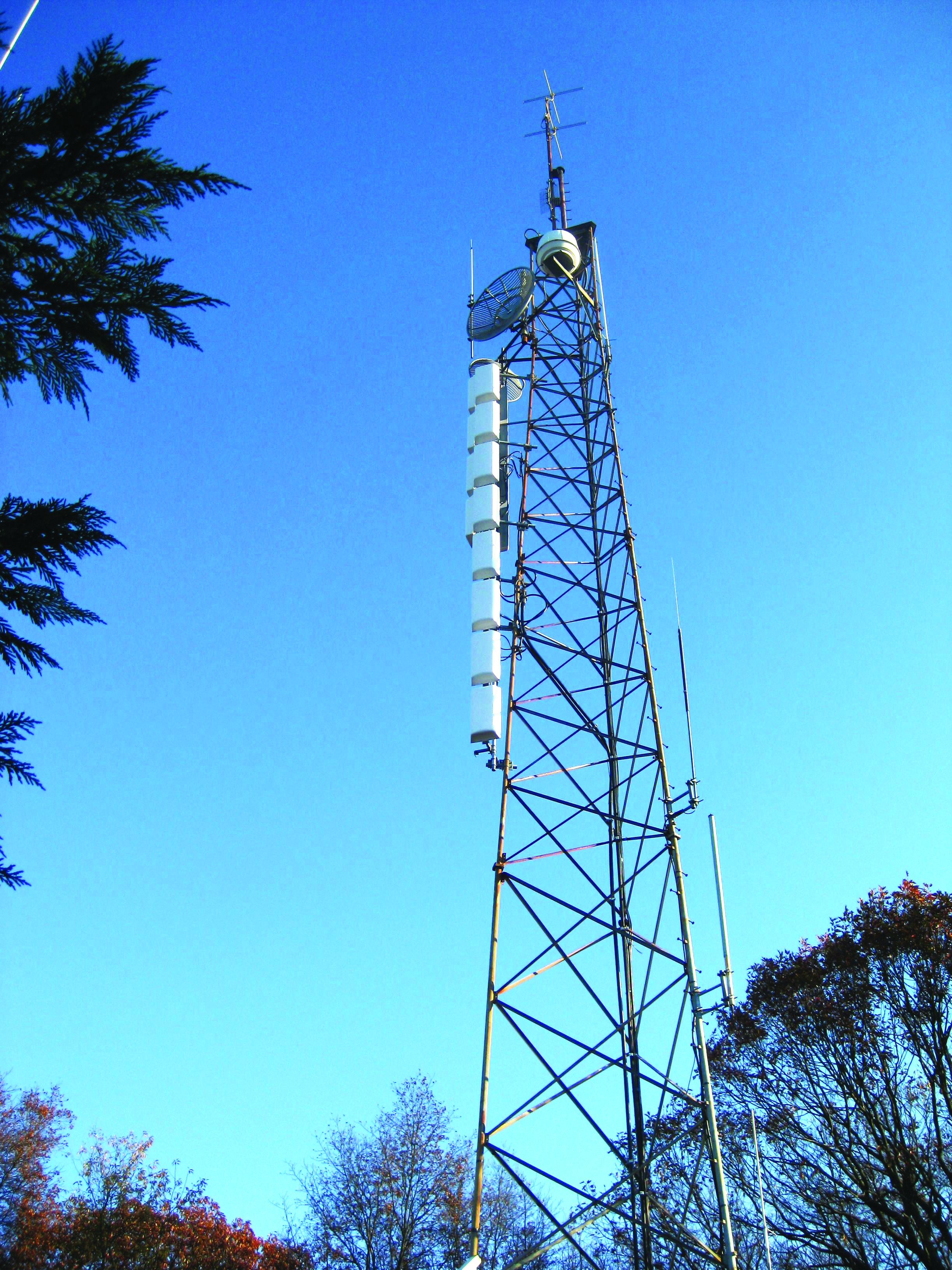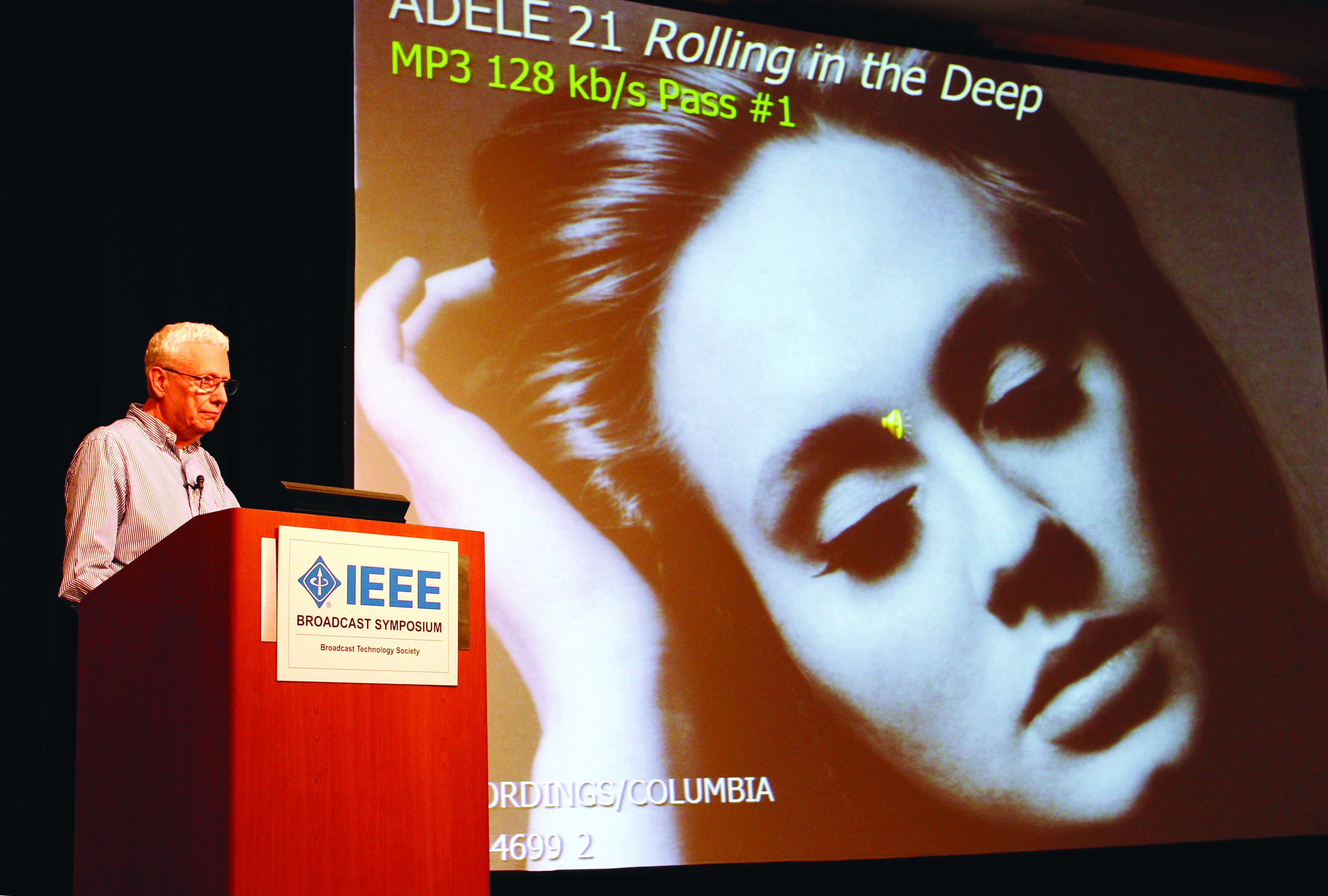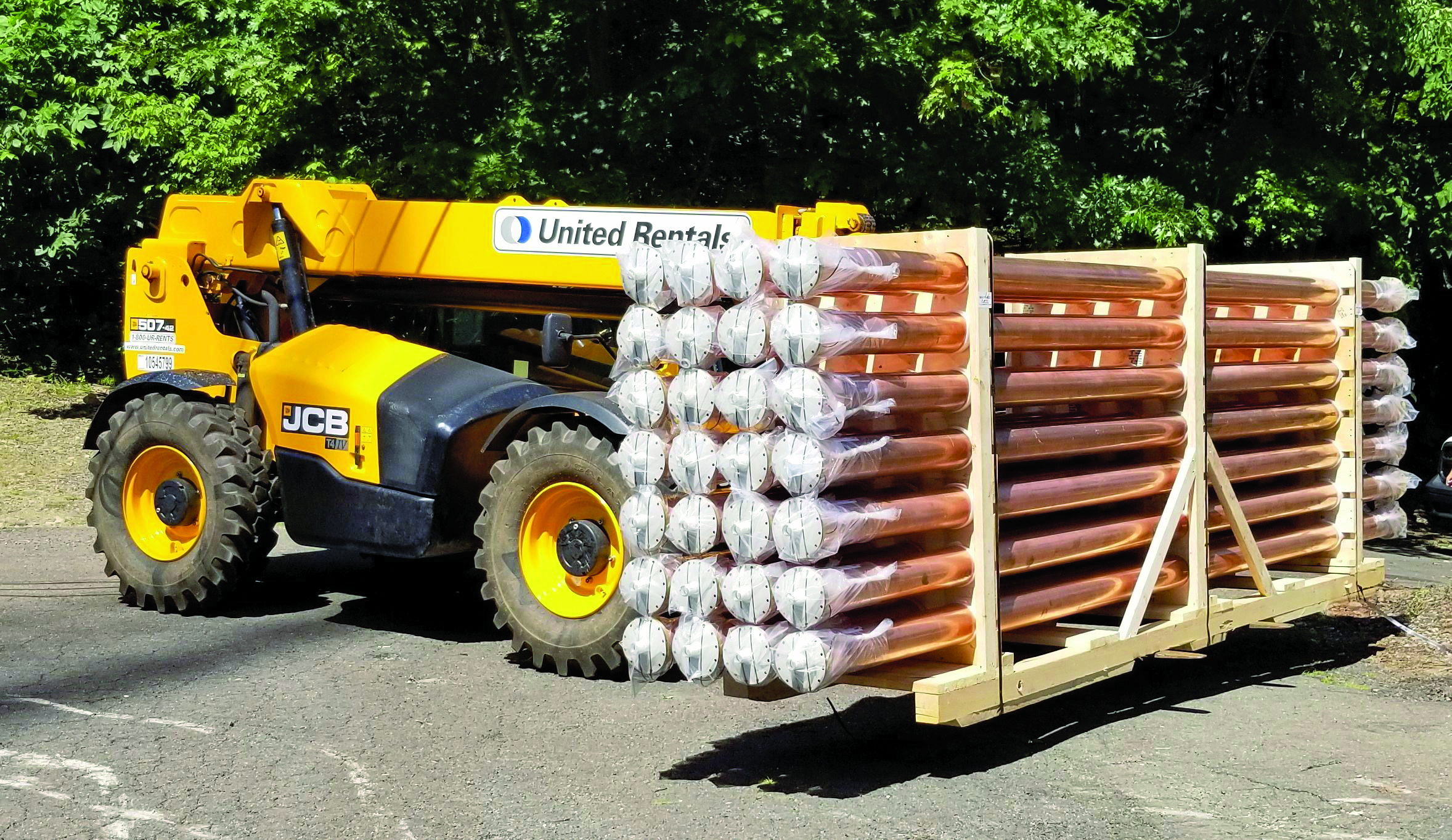Fall Broadcast Symposium Digs in Deeply
ARLINGTON, VA. — For more than 60 years, the Institute of Electrical Engineering and its precursor, the Institute of Radio Engineers, have brought top broadcast engineering industry figures together to share information about cutting-edge technologies. The tradition continues this autumn, with the 2018 IEEE Broadcast Technology Society’s Fall Broadcast Symposium Oct. 9–11 in Arlington, Va.
The annual event, which began in the early 1950s, features presentations from some of the most knowledgeable engineers in the broadcast sector, including consulting firms, station groups, academia, regulatory bodies and equipment manufacturers who share their knowledge on cutting-edge technologies, industry trends, policies affecting broadcasting and more.
In the years following its inception, symposium attendees have been kept up to date on such emerging trends and issues as NTSC color, FM and AM stereo broadcasting, the arrival of solid-state technology, UHF broadcasting, satellite communications, the advent of digital technologies in the broadcasting plant, digital transmission of signals, spectrum conservation, safety in the broadcast plant, the “repacking” of television channels, antenna technology, energy conservation and other relevant topics.
Historically, the BTS conference has emphasized the RF side of broadcasting, but in recent years, has broadened its scope to include broadcasting workflows, sonic watermarking of content for ratings purposes, hybrid broadcasting via the internet, cybersecurity, emergency alerting, audio coding and distribution protocols, IP-technology in the broadcasting plant, and even the safe and legal use of drones in broadcasting.




“THINGS DISRUPTIVE”
The 2018 conference program will be no different, according to Co-chair Robert Weller, vice president for spectrum policy for the National Association of Broadcasters.
“This year, we’re dedicating an entire day to ‘disruptive technologies,’” said Weller. “These are new and emerging technologies that could impact on the traditional radio and television broadcasting model.
The professional video industry's #1 source for news, trends and product and tech information. Sign up below.
“We have speakers — experts in their fields — lined up to discuss 5G, big data, trends in consumer electronics, pirate radio and the FCC enforcement, smart speakers and broadcasting, implementation of a multi-sensorial television experience; you name it, if it has the potential to disrupt the broadcasters’ status quo it’s probably going to be covered in this all-day session.”
More conventional technical areas are on the conference agenda, including reports on all-digital AM and FM broadcasting, updates on the ATSC 3.0 market deployments, new service modes for HD Radio, the design of a high-power multi-station FM master antenna system, 4K UHD television workflows, planning for the NextGen DTV standard, radio in the connected car, field testing of layered-division multiplex (LDM) and time domain multiples (TDM) transmissions, “hacking” ATSC 3.0, reliable transport of FM and HD signals via IP-based studio-to-transmitter linkage, innovations in remote control and monitoring of transmission facilities, and more.
“In all, there are more than 30 presentations on this year’s program,” said broadcast consultant Glynn Walden, the other co-chair. “And this doesn’t include the luncheon keynote presentations. This year, we’re going to get to hear addresses from the FCC’s new Media Bureau chief, Al Shuldiner; Intel’s virtual reality program director, Uma Jayaram; and Dolby’s chief scientist, Poppy Crum.”
TECH CON LIKE NO OTHER
Asked what sets the IEEE BTS Symposium apart from other engineering conferences, Weller credited its size.
“You’ve got all of the presentations and events in a single venue with nothing to distract attendees as is often the case with larger technical conferences and conventions, where the main focus is on exhibits, and there are multiple presentation tracks running which make it difficult to organize one’s time as an attendee,” he said.
“All of the broadcast engineering thought leaders are here, and the event is small and informal enough to lend itself to lots of interaction between speakers and attendees. I’ve been attending these symposia for 25 years now, and due to its relatively small size and the various social events that are part of the symposium, I’ve noticed bonding among the participants — a sort of camaraderie that develops. You always learn something new and invariably make new friends with other folks in the business. Actually, I’ve made some of my closest business relationships through the symposium.”
Walden added that anyone involved in the engineering side of broadcasting should find the content relevant.
“The world of technology is changing faster than anyone can keep up with it on their own,” said Walden. “The symposium offers broadcast engineers the opportunity to learn about these changes first-hand. It provides continuing education as to what these changes are all about. This is really important to function well in one’s job and to keeping yourself employable.”
He said the symposium affords an opportunity for networking with other broadcast professionals during the breaks, evening receptions and lunches and breakfasts.
“In addition, we always have a number of broadcast equipment manufacturers — our sponsors — at the conference who are there to provide information on their products and discuss particular applications or problems on a one-to-one informal basis. I don’t know of any other industry event that’s quite like it.”
GLOBAL GATHERING
The symposium has traditionally had a wide reach, attracting presenters and attendees from across the United States and abroad. This year’s program includes speakers from Finland, Cameroon, Romania, Italy, Uruguay, Brazil and Korea, who will be there to provide information not only on broadcast technologies being utilized outside of the United States, but also studies and research work they have been conducting of emerging technologies of a universal nature such as ultra-high definition television and digital transmission standards and optimization of nationwide radio coverage.
The three-day IEEE BTS Symposium will be held at the Key Bridge Marriott hotel in Arlington, Va., across the Potomac River from downtown Washington and within easy reach of public transportation and airports serving the area. Information about the conference including hotel accommodations is available at https://bts.ieee.org/broadcastsymposium.
The author is editor in chief of IEEE Broadcast Technology Magazine and a BTS Life Member, in addition to being a longtime contributor to Radio World and TV Technology.
